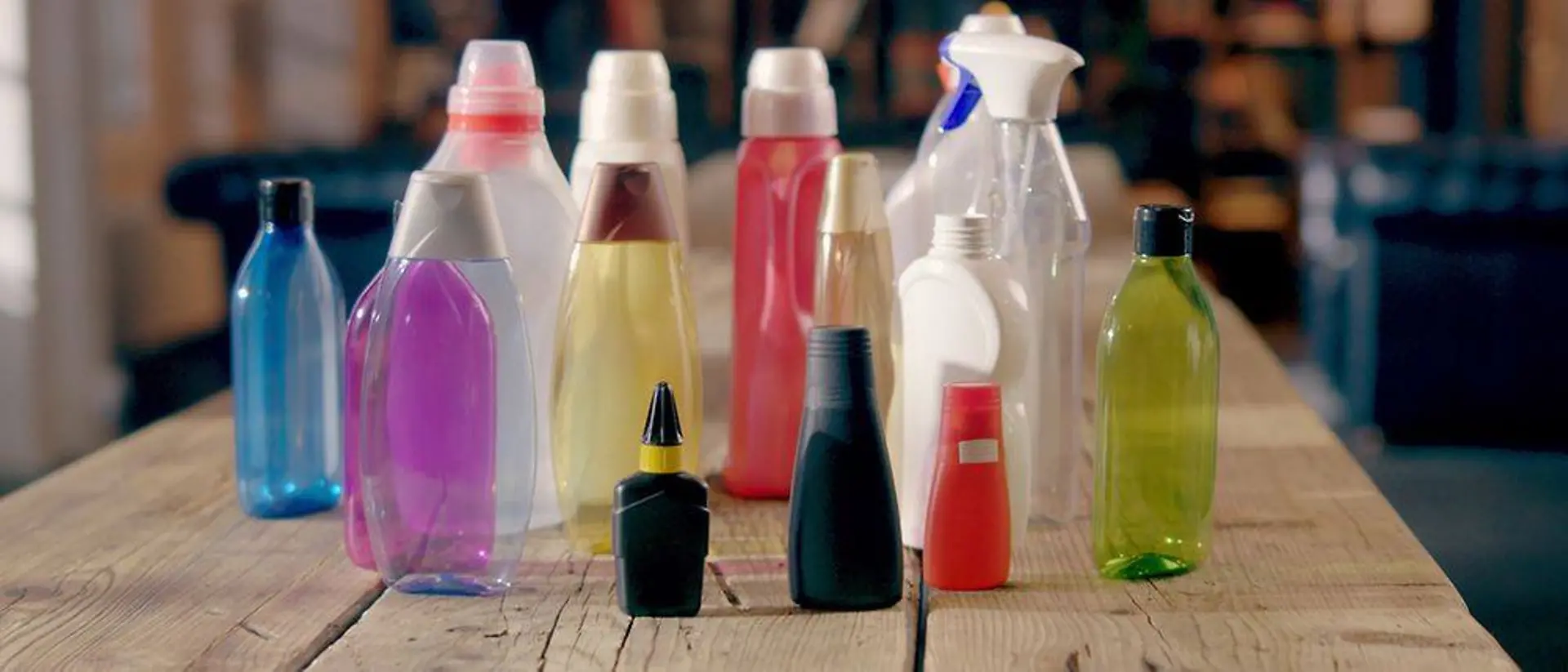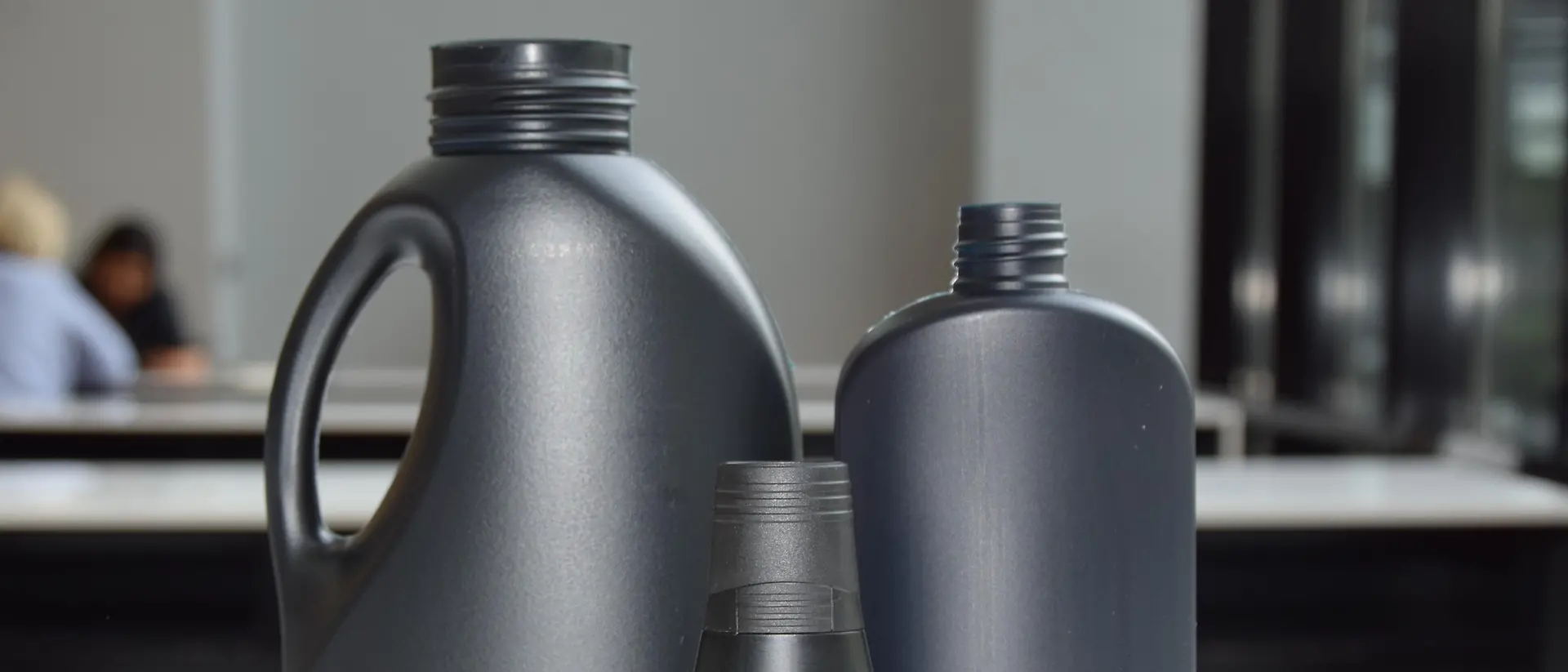Shipping
Having been sorted at MRFs, two-thirds of the plastic classed as recyclable is shipped overseas for reprocessing. If you're wondering why, it's because the UK doesn't have the infrastructure to process all the plastic waste it generates, as there's little to no profit to be made from recycling low-value plastics here. Until recently, China received the majority of these shipments (the recycling industry has exported 106m tonnes of plastic waste to the country over the past 20 years or so). But in 2018, it decided to ban the import of foreign plastic waste in a campaign against yang Jaji, or "foreign garbage". Traders scrambled to find other countries that would take it, and as a result countries such as Thailand, Indonesia, Vietnam and Malaysia have been swamped with plastic waste from western nations. However, some of these countries have since followed China's lead and banned the import of foreign plastic waste in order to stop their recycling capabilities from being overwhelmed.
Washing, shredding and melting
Regardless of whether it is reprocessed here or abroad, waste plastic needs to be washed to remove impurities such as labels and adhesives. It is then dried and reduced in size to make it easier to handle during the next stage of reprocessing. This is done by shredders and granulators that chop up the plastic waste. These "shreds" or "regrinds" are often washed again to remove any final traces of dirt and contaminants, and the plastic pieces are then tested to ascertain their quality and class. The final stage of reprocessing involves converting the plastic shreds into pellets by melting them together. In pellet form, plastic is more easily distributed and remanufactured into new products, such as another bottle, a new bench or even an item of clothing. Although the entire recycling process obviously has an environmental impact, recycled plastic products require up to 88% less energy for manufacture than producing plastics from new raw materials.












